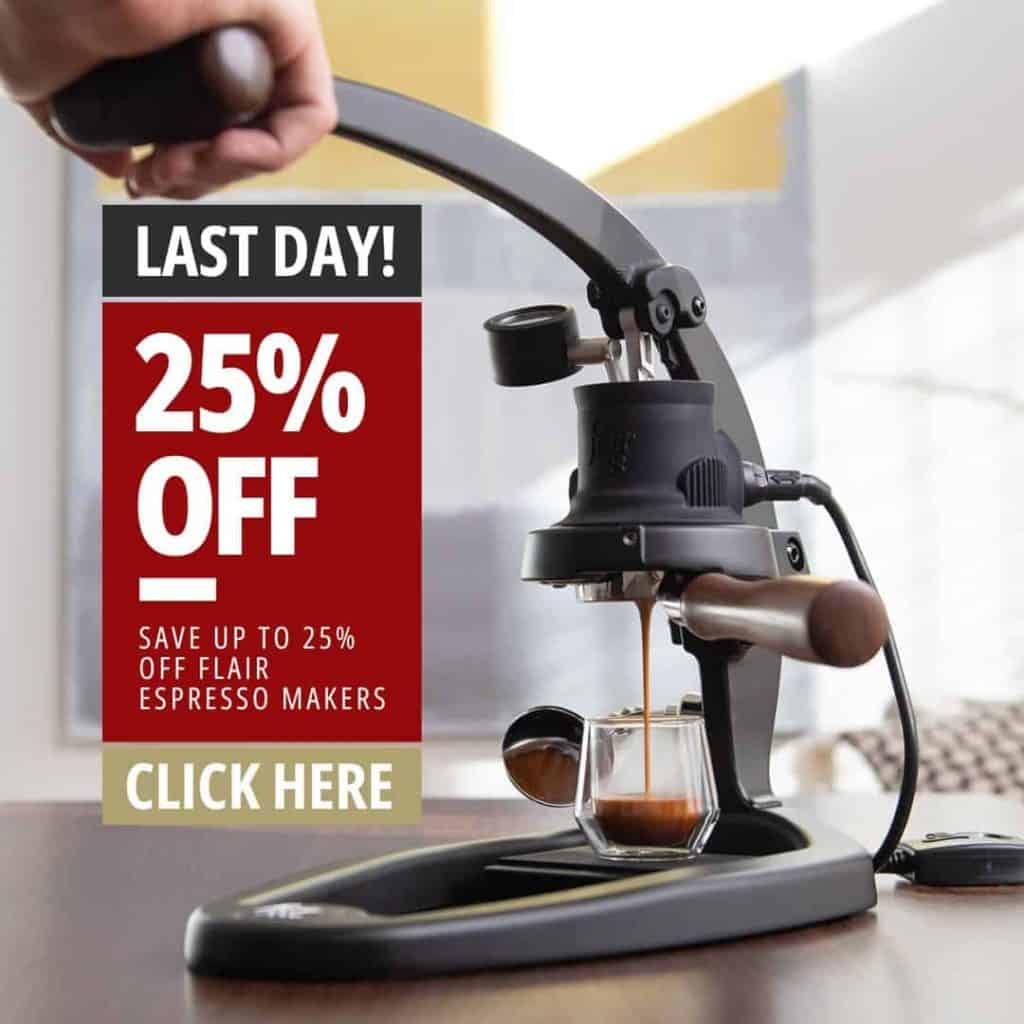How to brew a professional quality espresso at home
The word espresso is, unsurprisingly, Italian. It means to extract under pressure, although the word and its variants (expresso, anyone?) have connotations of speed and of a personal touch – coffee made expressly for you!
The unique result of this pressurized extraction process is coffee with rich crema on top, indicating that all the sweet and creamy solubles have been extracted from the coffee grounds into your cup.

Many people still think of espresso as something that can only be enjoyed in cafes, due to the special equipment and skills involved. But as long as you are aware of the six key features of making good espresso (and have a couple of handy items…) there’s no reason why you can’t prepare it at home.
1. COFFEE BEANS
Of course, you need to use good coffee beans to make a good espresso. Moreover, the fresher the beans, the richer your crema will be.
2. WATER
Yes, you need water, and since it will make up over 95% of your espresso, you should consider using fresh water from a clean kettle!
3. GRIND
The size of the grind – that is, how much you grind the beans down – affects the quality and taste of the final espresso. Use a good burr grinder to grind the beans; never use blade grinders, as those will burn the grounds as the blade chops off the beans at high speed. Grind for espresso is towards the fine end of the grind size range. Too coarse and water passes through too quickly, but too fine and it may not get through at all.
You can make up for grounds that are too coarse by tamping them more… and grounds that are too fine by tamping them more gently.
4. TAMP
Tamping or pressing the grounds into the portafilter basket is the real barista part, and has to happen if you want to make a quality espresso with a nice crema. Your tamper has to fit well with the portafilter and should be done with around 30lb of pressure (practice on a set of scales!).
5. TEMPERATURE
Where small or home ‘espresso makers’ fall down is that the materials and design don’t retain a high temperature. If you throw 50ml of boiling water into a plastic container at room temperature, you don’t need a degree in science to know that the heat will dissipate – and quickly. So you don’t get the heat you need through the extraction to really, well, extract all the flavours and oils from the coffee.
(With the Flair Espresso Maker, the stainless steel container is detachable so can be pre-heated. Since it’s made of stainless steel, it picks up the temperature of the hot water right away, and retains the heat well beyond the brewing process.)
6. PRESSURE
It’s said that the pressure should not fall under 8 BAR during the extraction of a good espresso. A good espresso machine needs to be able to achieve twice this amount. Without enough constant pressure on the grounds, you don’t get the crema you’re looking for.
(The Flair Espresso Maker provides up to 16 BAR and keeps the pressure constant through the extraction, while you are pulling down the lever with constant force. This way, you squeeze every last bit of flavour and richness out of your grounds, and end up with a full-bodied espresso with good crema that will taste great.)
Home or small espresso machines sometimes can achieve high pressure but they fail to maintain the pressure constant all the way through the extraction process, compromising the richness of flavour and quality of crema produced. The so-called ‘espresso makers’ such as the stovetop espresso pots may give you a good strong coffee, but they don’t really make espresso, and never produce crema.
It’ll take the right equipment and some practice to achieve the perfect shot, but we think it’s definitely worth it.



